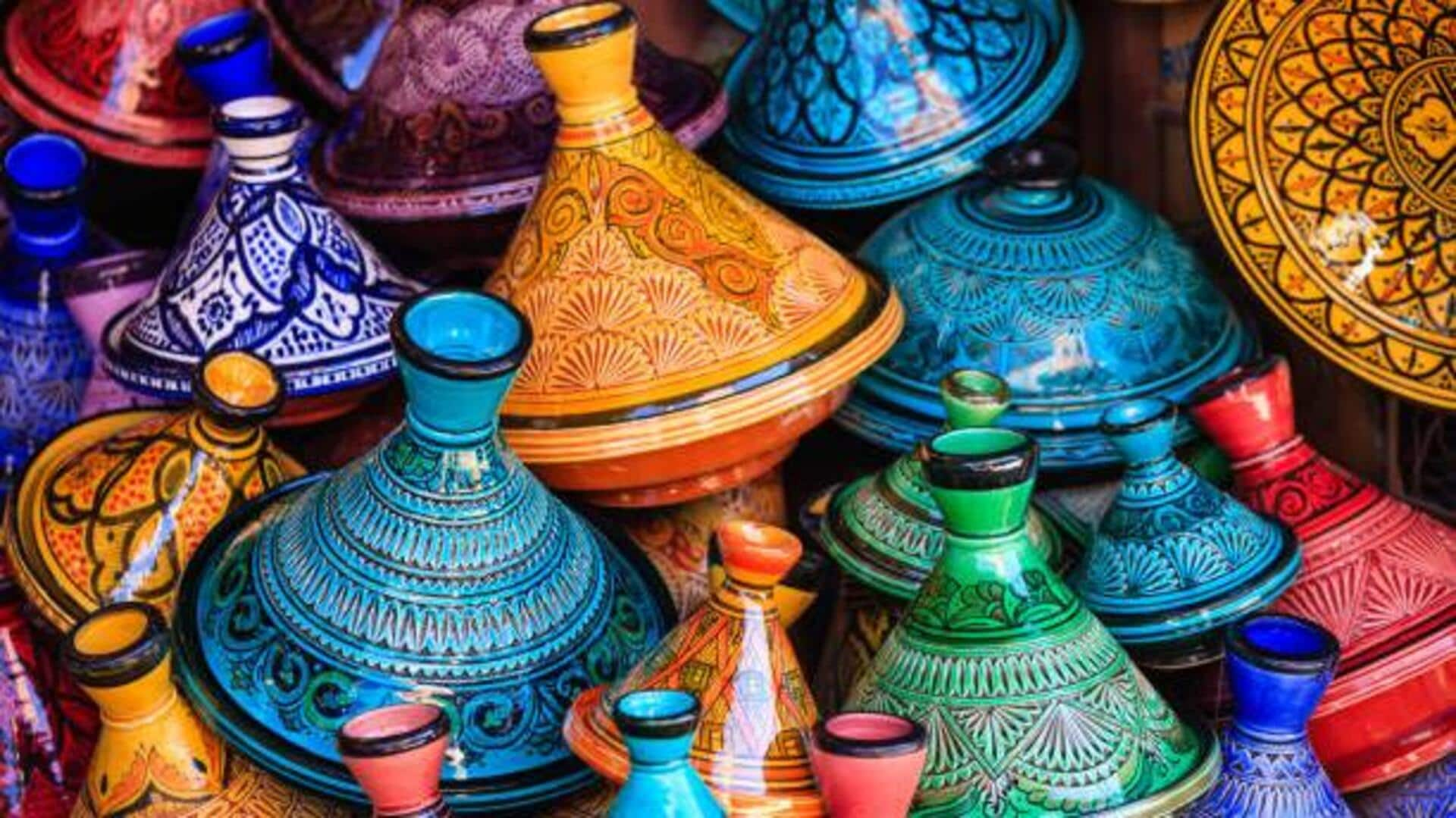
All about Yoruba pottery
What's the story
Yoruba pottery is a centuries-old art form that reflects the rich cultural heritage of the Yoruba people in West Africa. Known for its unique designs and traditional methods, Yoruba pottery has been a significant part of the community's daily life and rituals. The pottery is not just functional but also holds cultural significance, showcasing the artistic skills passed down through generations. This article delves into the fascinating world of Yoruba pottery, exploring its techniques, designs, and cultural importance.
#1
Traditional techniques in Yoruba pottery
Yoruba pottery is famous for its hand-building techniques, particularly coiling and pinching. The potters use locally sourced clay, which is molded into various shapes without using wheels or modern tools. The process involves shaping the clay by hand and smoothing it out with simple tools made from natural materials. This traditional method ensures each piece is unique and retains the personal touch of the artisan.
#2
Unique designs and patterns
The designs on Yoruba pottery are often inspired by nature, mythology, and everyday life. Geometric patterns, floral motifs, and symbolic figures are common elements seen in these artworks. Potters use natural pigments to add color to their creations, further enhancing the visual appeal of each piece. These designs not only serve an aesthetic purpose but also convey stories or messages significant to Yoruba culture.
#3
Cultural significance of pottery
In Yoruba culture, pottery serves practical purposes as well as ceremonial ones. It is used in homes for storage or cooking, and in religious ceremonies as offerings or ritualistic items. The craftsmanship involved in making these pots is highly regarded within communities, as it reflects both skillful artistry and cultural identity.
#4
Modern influences on traditional practices
While traditional techniques continue to be practiced today, modern influences have also made their way into Yoruba pottery. Some artisans now blend contemporary styles with traditional methods, resulting in innovative yet culturally rooted pieces that appeal to a wider audience. This fusion allows for the preservation of heritage while embracing new artistic expressions within the realm of pottery-making.